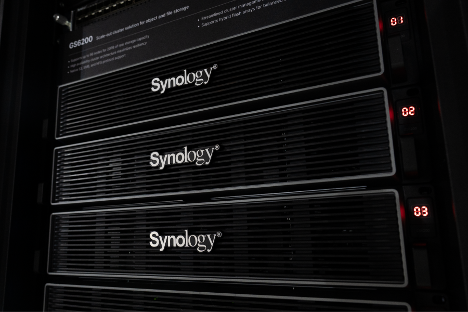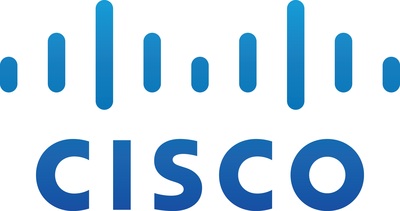India Tops Cybersecurity Rankings: Palo Alto Networks
Palo Alto Networks, the world’s leading AI
cybersecurity company, released the 2025 Cybersecurity Resilience in Mid-Market
Organisations. Through the study, Palo Alto Networks surveyed 300 IT
decision-makers in India from mid-market companies with 200–700 employees to
assess the evolving cybersecurity landscape. The respondents included CIOs,
CTOs, CISOs, senior non-technology managers, and direct reports to tech
leaders. They represented a wide range of sectors, including Information, Media
& Telecommunications; Manufacturing; Financial & Insurance Services;
Professional Services; Education & Training; and Health & Social
Assistance.
The benchmark study revealed that India leads the
region with a score of 20.3 out of 25 in cyber maturity and performance.
Furthermore, the study also gives a view into how these organizations in India
are making tangible progress in strengthening their cybersecurity posture, key
challenges remain. Many organisations are still in the early stages of
operationalising AI within their security workflows, and gaps persist in areas
such as incident recovery and cyber resilience. Additionally, the complexity of
managing multiple tools and fragmented environments continues to hinder
efficiency. Addressing these issues will require a more unified, platform-based
approach that integrates AI-driven capabilities to enhance performance,
streamline operations, and strengthen protection across the board.
“Cybersecurity is no longer just an IT issue, it's a
business priority. As threats grow more sophisticated and AI reshapes the
threat landscape, our benchmark study reveals that many mid-market
organisations are still catching up,” said Michelle
Saw, Vice President, Ecosystems, Asia-Pacific and Japan at Palo Alto Networks. “This study helps mid-market
organisations see where they stand and take the steps needed to achieve
stronger security outcomes. It also highlights the growing importance of
partners, who must now evolve their offerings to focus more deeply on
education, integration, AI adoption, and advanced technical expertise to better
support customer needs.”
Key India highlights:
- India leads the
region with a score of 20.3 out of 25
- India’s cyber
budget stands at 13.0% of overall revenue, indicating a strong investment
focus
- Cybersecurity
investments are set to surge, with over 10% growth projected in three key
areas: specific AI capabilities (41.45%), security software (41.45%), and
cyber insurance (39.14%)
- In India, 69% of
organizations currently rely on partners for cybersecurity, with this
number projected to increase to 77% over the next 24 months
Key
findings from the JAPAC study:
- Partners
matter more than ever: 79% of companies say they will rely
on partners to support cybersecurity efforts within two years - up from
53% today.
- Cyber budgets
are on the rise: 57% of organisations plan to increase
cybersecurity spending over the next 12 months. Cyber now accounts for
13.6% of total IT budgets, up from just 6% in 2019.
- AI adoption
lags behind investment: Despite growing awareness,
organisations cited AI-related capabilities as one of the lowest
performing areas in their cybersecurity programs.
- Cloud
security, IAM and SIEM top the priority list:
Over the next 24 months, these are the most cited areas for new or
increased investment.
- Framework
implementation is inconsistent: Adoption of
NIST 2.0 received the lowest score among the five benchmark categories,
underscoring a need for clearer guidance and support. Sectors leading the
understanding and adoption of NIST 2.0 and other frameworks include
financial services, telecommunications and utility companies.
“The research indicates that mid-market
organisations in the region have made notable advancements in strengthening
their cybersecurity posture,” said Tim
Dillon, Founder, Director, Principal Analyst End User at Tech Research Asia. “However, there remains substantial
opportunity for partners to support continued progress, particularly in the
areas of workforce education and training, identity and access management, and
application and data security.”
The
Cybersecurity Benchmark for Asia-Pacific and Japan, developed in collaboration
with Tech Research Asia (TRA), surveyed over 2,800 mid-sized organisations
across 12 countries and a range of industries. It offers a snapshot of the
region’s cybersecurity maturity and provides practical guidance for improvement.
With evaluating performance across five key areas; strategy execution, business
integration, operational capabilities, solution maturity, and NIST 2.0
framework adoption, the average score was 19.01 out of 25. While this
indicates a moderate level of maturity, the findings reveal clear opportunities
to strengthen AI readiness, boost ransomware resilience, and advance framework
implementation. This Tech Research Asia Insights Report Asia-Pacific and Japan
Edition was commissioned by Palo Alto Networks and completed in April 2025


































Leave A Comment